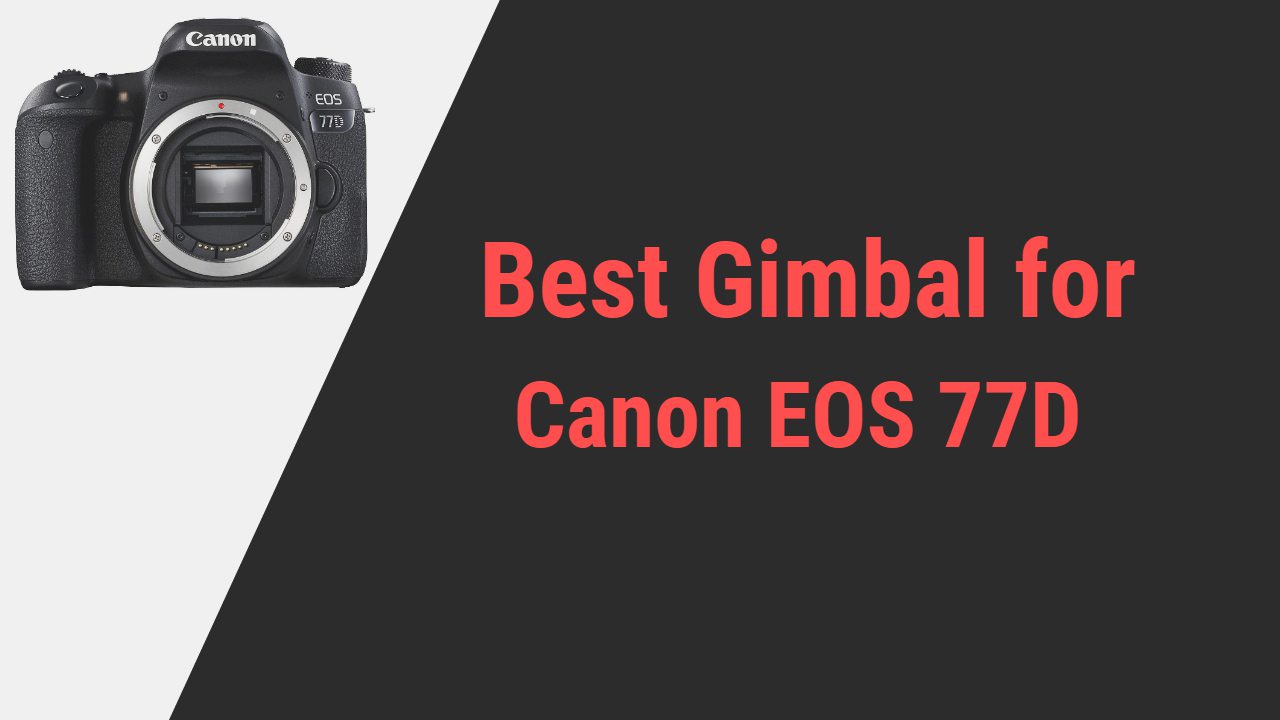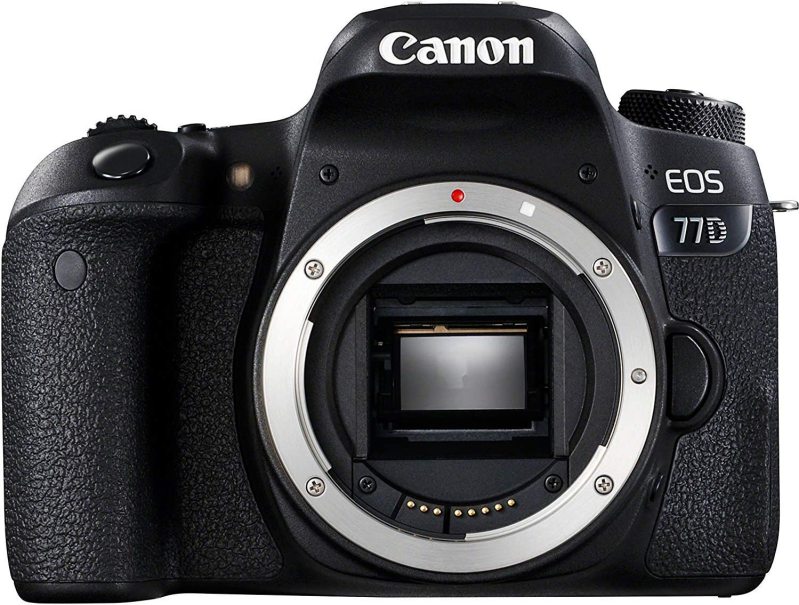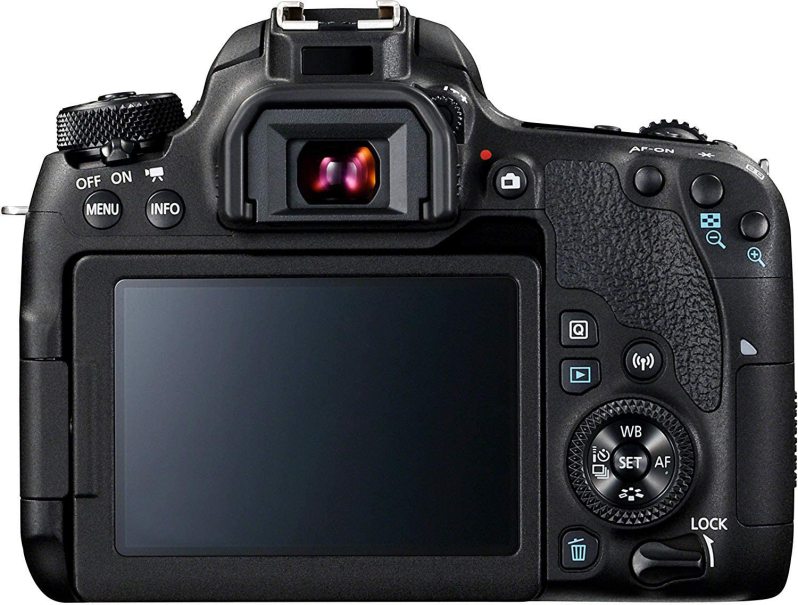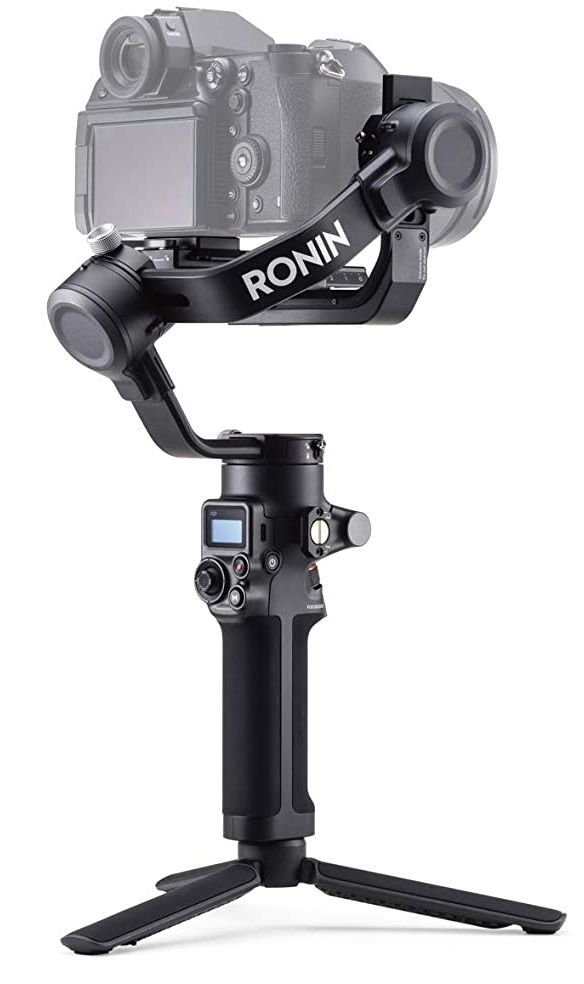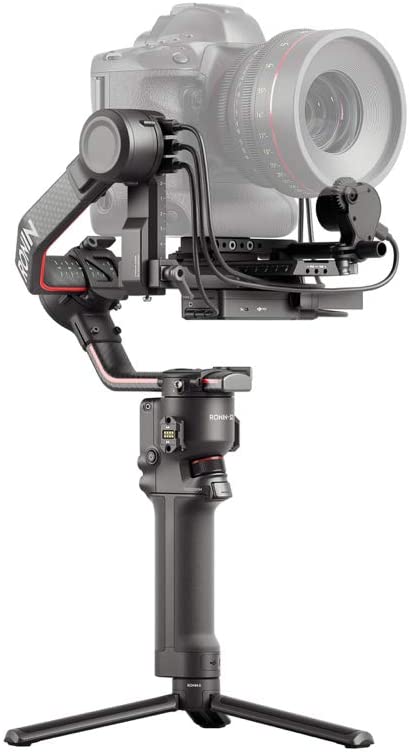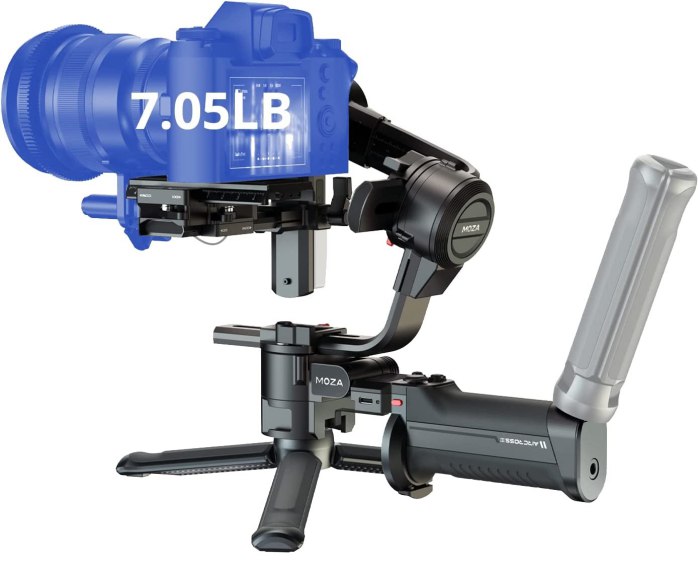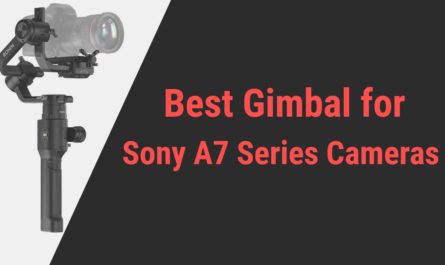There are always going to be many different cameras and to help you capture even better stabilization, you will require a gimbal. When we are talking about Canon EOS 77D, it is necessary to know that it is a versatile and powerful camera that is popular among almost every photographer and videographer.
However, when it comes to capturing smooth and stable videos or photographs, a gimbal can be an essential tool. In this article, we will be discussing some of the best gimbals available for the Canon EOS 77D.
Canon EOS 77D
- 24.2-megapixel APS-C CMOS sensor
- Image Processor- DIGIC 7
- Viewfinder- Pentamirror with 95% coverage and 0.82x magnification
- LCD- 3.0-inch variable angle Touchscreen with 1.04 million dots
- Connectivity- WiFi, NFC, Bluetooth
- ISO Range- 100-25600, which is expandable to 51200
- Autofocus Points- 45-point all cross-type AF points
- Battery Life- Approx. 600 shots
- Dimensions- 131.0 x 99.9 x 76.2 mm
- Weight: 540g
- Continuous Shooting- 6 fps
- Shutter Speed- 1/8000 – 30 sec
- Video Resolution- 1080p Full HD at 60 frames per second
- Durable and weather-sealed body
Note:
All the gimbals mentioned here are tested with Canon EOS 77D and work perfectly fine.
| DJI RSC 2 (Best Overall)

|
| DJI RS 2 (Most High-end | Compact/Lightweight & Comes with Advanced Features)
    |
| MOZA AirCross 3 (Budget Pick)
    |
We speak for the compatibility that these gimbals provide with EOS 77D. To help you in selecting the ideal gimbal for your requirements, we will be looking more closely at the features and characteristics of each gimbal mentioned in this article.
In order to help you make an easy and quick choice, this article will provide you with all the information you need, whether you’re a professional filmmaker or just getting started as a photographer. You know what’s even more important that you get to know everything you need to know about the camera,
Best Gimbal for Canon EOS 77D
1. DJI RSC 2
There are always many different gimbals that you can choose from; one of the brands that you will often come across is a DJI. First, among our list of best gimbals you can get for EOS 77D is DJI RSC 2.
It is a three-axis gimbal designed for mirrorless and small DSLR cameras. It is a smaller and more lightweight version of the popular DJI Ronin-S gimbal but still offers smooth and stable video footage. We are impressed with its quick-release plate, which ensures easy camera attachment and detachment.
We tried the gimbal and found it to be strong and adaptable. The DJI RSC 2 is appropriate for a variety of photography and filming applications.
It provides steady and slick video footage in addition to a number of cutting-edge capabilities like timelapse, motion lapse, and activity tracking. It works best with compact DSLRs as well as mirrorless cameras like the Canon EOS 77D.
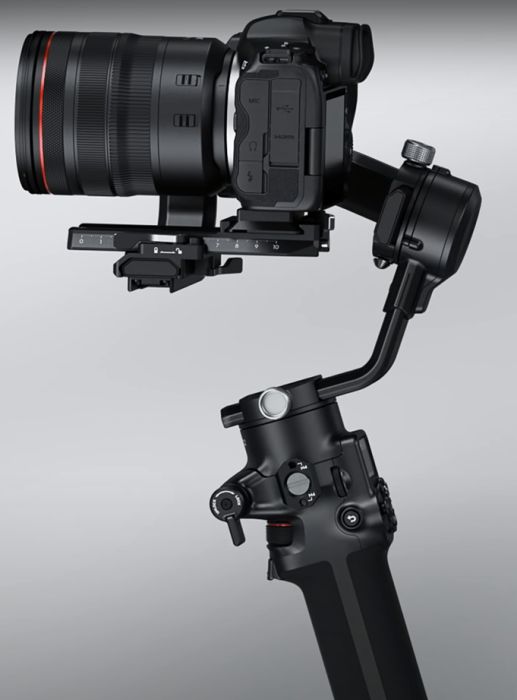

The RSC 2 is designed to be portable and easy to carry, it weighs only about 1.3 kg, and it’s smaller than compared to many different gimbals. You will definitely be impressed with how easily you can handle the gimbal with its 1″ OLED screen.
It not only makes the whole work easy but also makes sure you can make use of all the different features that the gimbal has to offer. They have designed this gimbal in a way that lets you switch between vertical and horizontal modes.
It has a Manfrotto plus Arca dual-layer plate which ensures the security of the camera on the gimbal and its grip.
There are some key features of the gimbals include,
- The RSC 2 is designed to be portable and easy to carry; it weighs only around 1 kg.
- The gimbal has 3 motors that work together to provide smooth and stable footage.
- Payload capacity up to 3.0 kg
- It has a SmoothTrack technology
- ActiveTrack 3.0 equipped gimbal has advanced tracking capabilities that allow you to track moving subjects easily.
- It has built-in timelapse and motion lapse mode that allows for creative video effects.
- It is designed to keep up with fast-moving shots, providing smooth footage even in fast-paced action.
- You can control the gimbal with your smartphone through the DJI Ronin app.
- RSC 2 has a built-in rechargeable battery that provides up to 14 hours of use.
Pros
- Compact and folding design
- 360-degree auto roll capacity
- Good battery runtime
- Highly stabilized results
- Comparatively good payload capacity
Cons
- Balancing the gimbal is a tough task
- Batteries are irreplaceable
- Mounting plates become loose after time
2. DJI RS 2
We have yet another gimbal on our list of gimbals which is from DJI. It is highly compatible with EOS 77D, and we are quite confident about the performance of both combined together.
The RS 2 is designed to be portable and easy to carry, it weighs only 1.5 kg, and it is quite compact. The gimbal has 3 motors that work together to provide smooth and stable footage for pan, roll, and tilt.
Although you will have to spend more than you usually do on gimbals, this one will definitely be worth it. With its payload capacity of 4.5 kg, the RS 2 can support larger mirrorless and DSLR cameras and professional lenses.
If you’ve ever used a Ronin or other similar gimbal, you will be familiar with all the usual shooting modes available on the RS 2. This version of the gimbal also includes a few new modes and functions that you can use.
The gimbal has the capacity to roll 360 degrees while recording a hyper-lapse, giving the video a more artistic quality. Let us not forget the gimbal is equipped with the RavenEye Transmission System, which ensures that users get an easier method to monitor and control it easily.
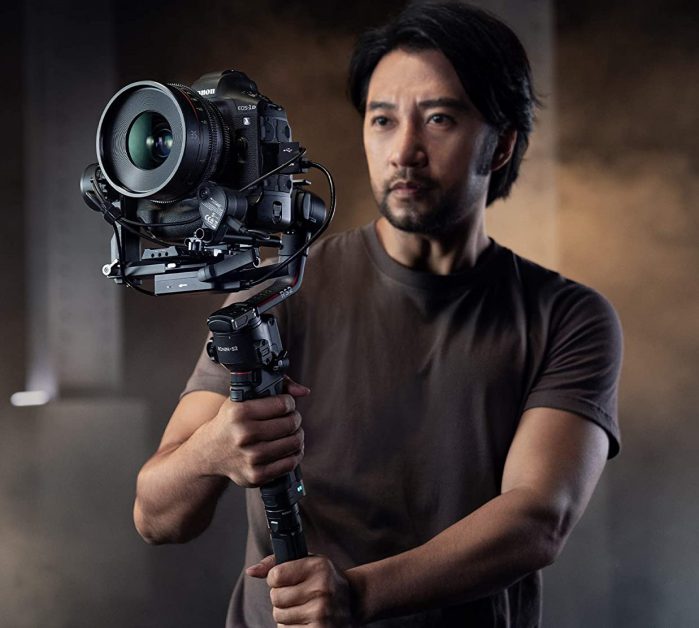

This technology allows users to concentrate on taking the perfect shot without worrying about equipment because it can broadcast 1080p video up to 200 m away with a latency of just 60 ms.
This new DJI RS 2 feature handily gives everyone a clear view of the action if you’re working on a professional shoot. We cannot forget the advanced stabilization technology that provides smooth, stable footage even in challenging conditions.
The gimbal has a wide range of customizable controls and settings that allow you to fine-tune the performance of the gimbal to suit your specific needs.
Some of the key features of the gimbal include,
- Compatible with a wide range of cameras and lenses, including popular models from brands like Sony, Canon, and Panasonic.
- Built-in wireless connectivity allows you to control the gimbal remotely and access advanced features like timelapse, motion lapse, and hyper-lapse.
- It has Advanced stabilization technology.
- It is lightweight and compact, making it easy to transport and use on the go.
- The new design of DJI RS 2 offers improved ergonomics for better handling and control.
- It has an enhanced battery life, allowing for longer periods of use without needing to recharge.
- The DJI RS 2 comes with new accessories such as the focus wheel 2, the DJI control wheel 2, and the DJI fingertip control 2.
- The payload capacity of 5.8 kg
Pros
- Easy to use
- Improved and easy-to-use the LCD screen
- Impressive design
- Small and lightweight gimbal
- Good capacity for payload
- Professional-like performance
Cons
- Not a long-lasting build
- Requires too many wires for connection
3. Moza Aircross 3
One of the best brands among many for gimbals is from Moza. There was a long list of things that impressed us when we tried this gimbal with Canon EOS 77D. Moza has designed this gimbal to provide smooth and stable footage even in challenging conditions.
The Moza AirCross 3’s sophisticated stabilizing system is one of its standout features. Even on windy or rough terrain, the gimbal produces smooth, steady imagery using cutting-edge algorithms and sensors.
This enables you to record high-quality videos without needing costly equipment or a big team.
The Moza AirCross 3’s lightweight and compact design is another important characteristic. The gimbal is convenient for filmmakers and photographers who need to shoot in a variety of places since it is portable and simple to use while on the road.
The Moza AirCross 3 also offers a wide range of customizable controls and settings, allowing you to fine-tune the performance of the gimbal to suit your specific needs. Additionally, the gimbal is compatible with a wide range of cameras and lenses, including popular models from brands like Sony, Canon, and Panasonic.
The Moza AirCross 3 also has built-in wireless connectivity, which allows you to control the gimbal remotely and access advanced features such as timelapse, motion lapse, and hyper-lapse.
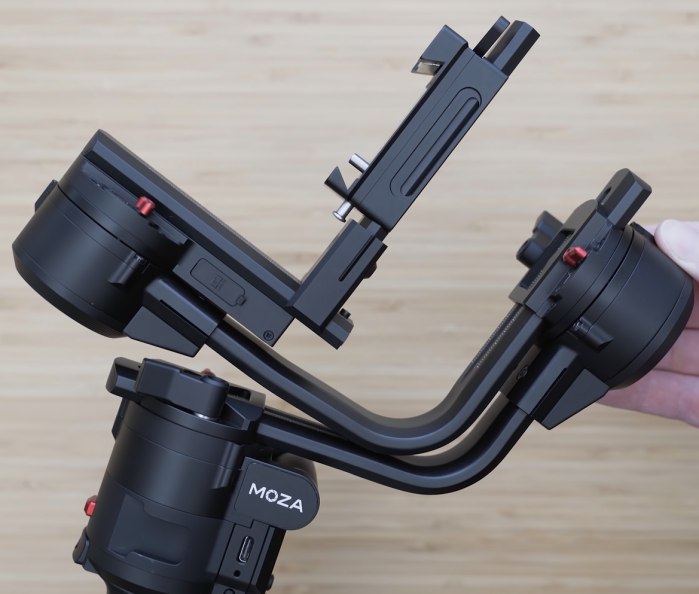

This makes it easy to capture professional-grade footage without the need for a large crew. In terms of design, the Moza AirCross 3 has an ergonomic handle that provides a comfortable grip and easy control of the gimbal.
It also has a unique quick-release camera plate which makes it very easy to switch between different cameras. It is a great option for those who are looking for a high-quality gimbal at a reasonable price.
Some of the key features that caught our eye were
- It uses advanced algorithms and sensors to provide smooth, stable footage even in challenging conditions such as wind or uneven terrain.
- It is built-in wireless connectivity that allows you to control the gimbal remotely and access advanced features.
- It has an ergonomic handle design which provides a comfortable grip and easy control of the gimbal.
- It has a unique quick-release camera plate which makes it very easy to switch between different cameras.
- It also has the gimbal has a multi-functional joystick that allows for more precise control and easy adjustments of the camera angle.
Pros
- Great stabilization
- High performance and extremely smooth movements
- Long battery life
- Comes with a mini tripod
- Easy to use
Cons
- It gets difficult to set up the heavy camera on it
- The quality of wireless connection could be improved
All these three gimbals are definitely great when it comes to capturing some of the most stable footage. You can pair up your Canon EOS 77D with any of the gimbals mentioned above, and you are sure to get some of the most high-end results.
About Canon EOS 77D Camera
The Canon EOS 77D is a DSLR camera that was introduced by Canon in 2017. It is considered a mid-range camera that sits between many different entry-level cameras in the market.
The camera features a 24.2-megapixel APS-C CMOS sensor and a DIGIC 7 image processor, which allows for high-resolution images and fast performance. The camera has a fast and accurate autofocus system with 45-point all cross-type AF points that allow for capturing fast-moving subjects.
The camera also has a 6 fps continuous shooting rate, which makes it suitable for capturing action shots. The camera can shoot video at 1080p Full HD at 60 frames per second and has built-in time-lapse and HDR movie modes.
A variable-angle touchscreen LCD is another feature of the camera that aids in simple and intuitive camera control. It also includes built-in WiFi, NFC, and Bluetooth connectivity, making it simple to share content and control it remotely from a smartphone or tablet.
The camera is made of sturdy material and is waterproof, making it perfect for usage in a variety of settings. The Canon EOS 77D is an all-around capable camera that can be used for a variety of photography and filming tasks. The camera may be a fantastic tool for amateurs and pros to take high-quality photos and films.
On top of that, like the cherry on top, the EOS 77D is a weatherproof camera that makes it suitable for use in various environments. Overall, the Canon EOS 77D is a versatile, powerful, and affordable camera that is suitable for a wide range of photography and videography applications.
If you knew the different specifications of this camera, it would even make it easy for you to know the camera even better in terms of technical aspects,
By now, we are sure that you have all the details you need to know about the camera, and you will be able to easily identify the correct gimbal that you can get for it.
It is quite necessary to understand that even though we have multiple options for you, you will have to identify your needs. After we go through all the different gimbals, we will go through the buying guide and will help you get the best of all.
Benefits of using a gimbal with your camera
There are many benefits you get when you are using a gimbal to capture video footage as well as photographs; let us get to know them all.
Stabilization- A gimbal helps to stabilize the camera, allowing for smooth and steady footage even when the operator is moving or in a moving vehicle. It assists in stabilization by using a system of motors and sensors to keep the camera level and steady, even when the operator is moving or in a moving vehicle.
The gimbal works by counteracting unwanted movement in three axes: pitch, tilt, and roll. The sensors in the gimbal detect any unwanted movement, and the motors adjust the camera’s position to counteract it. This ensures that the camera stays stable and steady, even when the operator is walking, running, or in a moving vehicle.
Flexibility- A gimbal allows for greater flexibility in camera movement, allowing the operator to easily pan, tilt, and rotate the camera to get the desired shot. Flexibility in a gimbal ensures a wider range of movement and greater stability for the camera or device being held by the gimbal.
This can enable the user to capture smoother and more dynamic footage and make it easier to track and follow moving subjects. Additionally, the ability to move the camera or device in multiple directions can increase the range of angles and shots that can be captured.
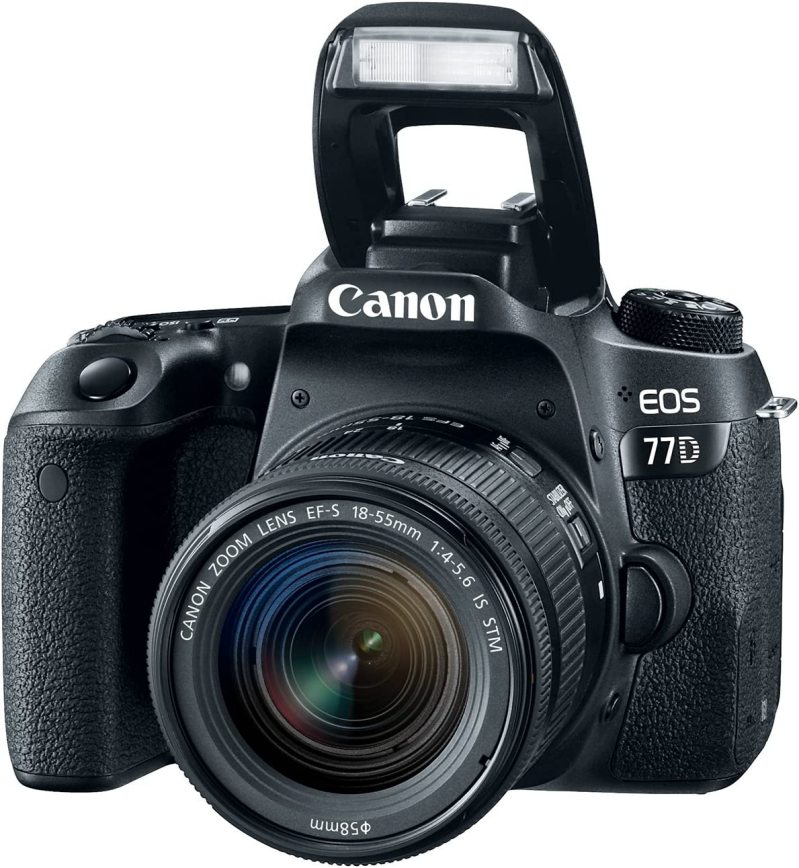

Versatility- A gimbal can be used in a variety of situations, such as during action shots, in moving vehicles, and in low-light settings. It offers versatility by allowing the camera or device to be positioned and moved in a variety of ways.
This can be especially useful in situations where the camera operator needs to capture footage while moving, such as when following a moving subject or capturing footage while walking or running.
Professional results- A gimbal can help to achieve professional-looking footage, which is especially important for video production, cinematography, and other commercial applications. It helps in getting professional results by providing smooth and stable footage, which is a key aspect of professional-quality video.
A gimbal uses motors and sensors to detect and compensate for movement, which allows the camera or device to remain level and steady even when the operator is moving, or the environment is unstable. This can greatly reduce camera shake and vibrations, resulting in smoother, more stable footage. It can help to elevate the quality of the footage and make it look more polished and professional.
Easy to Use- Many gimbals are designed to be easy to use, even for those without prior camera experience. Most gimbals are designed to be compatible with a wide range of cameras, including DSLRs, mirrorless cameras, and action cameras.
This makes it easy to use a gimbal with the camera you already own. In addition to that, they are designed to be quick and easy to set up, which means you can be ready to start filming in a matter of minutes.
Now if you already know many different reasons why it is always a wise decision to learn many different ways you can use a gimbal with your camera. With us here, you get all the details you need for it.
Different ways you can use your gimbal
- Panning and tilting- It allows you to easily control the pan and tilt of your camera, which is useful for capturing sweeping landscapes or following a moving subject. Panning allows you to rotate the camera horizontally, while tilting allows you to move the camera up or down. This allows you to change the framing and composition of your shots without having to physically move the camera. Some gimbals allow you to control the pan and tilt movement manually, using a joystick or buttons on the gimbal itself. Others may have a built-in auto-pan or auto-tilt function, where the gimbal will automatically rotate the camera based on preset settings or user input.
- Tracking shots- A gimbal can be used to create tracking shots, where the camera follows a moving subject, such as a person or vehicle. Object tracking is a function that allows the gimbal to automatically keep a selected subject in the center of the shot while compensating for any movement of the subject or the operator. The gimbal uses sensors and cameras to track the subject and then adjusts the pan and tilt movement of the camera to keep the subject in the frame.
- Low-angle shots- It can be used to achieve low-angle shots, such as shooting from ground level or from a low-lying position. Low-angle shots are a type of camera shot where the camera is positioned at a lower height than the subject, which can create a sense of power or dominance in the shot. To achieve low-angle shots with a gimbal, there are many different ways to do it. It’s worth noting that when you are taking low-angle shots with a gimbal, it’s important to keep an eye on the battery life and make sure that the gimbal has enough power to last the duration of your shot.
- Timelapse- A gimbal can be used to create smooth and stable timelapse footage. Timelapse is a technique where a series of still images are taken at a set interval and then played back in sequence to create the illusion of motion. A gimbal can be used to create smooth and stable time lapse shots by keeping the camera level and compensating for any movement caused by wind or the videographer.
- Aerial photography A gimbal can be mounted on a drone to provide stability and smooth movement while capturing aerial footage. It uses a system of motors and gyroscopes to keep the camera level and pointed in a specific direction, even as the drone or aircraft that is carrying it moves and experiences turbulence. This allows for smoother, more stable footage and sharper images. Additionally, gimbals can be controlled remotely to pan and tilt the camera, providing more flexibility and creative options for the photographer.
- Vlogging/Live streaming- It can be helpful in live streaming or vlogging because it helps to stabilize the camera and eliminate unwanted motion, such as shaking or jittering. This results in smoother, more professional-looking footage that is easier to watch and less likely to cause motion sickness. On top of that, it allows the user to move the camera around freely and smoothly, which can add dynamism and visual interest to the live stream or vlog. And also allows tracking and following moving subjects to keep them in the frame and also provides a cinematic effect.
- Macro photography- A gimbal can help in macro photography by providing a stable platform for the camera to take sharp and clear images. Macro photography typically requires long exposures and a high level of precision to capture fine details, and a gimbal can help to eliminate any unwanted camera movement that might cause blur or distortion in the image. Additionally, because a gimbal allows the camera to be moved and adjusted precisely, it can be used to adjust the framing and perspective of the image to better capture the subject. This can be especially useful in macro photography, where precise control over the camera’s position and orientation is important for capturing the fine details of small subjects.
Final Thoughts
We are sure that by the end of this article, you will have everything you need to get some of the best results out of your gimbal. We know how great the Canon EOS 77D is, and we have used all the gimbals mentioned in the article with it and have found them to be exceptionally well.
You have everything you need when it comes to choosing one gimbal among them, and you also know why a gimbal is a very important gadget that you can get. We have provided you with all the different ways you can use your gimbal to make the best out of it, and we hope it helps you a big deal when it comes to performance and high-quality footage or shots.

